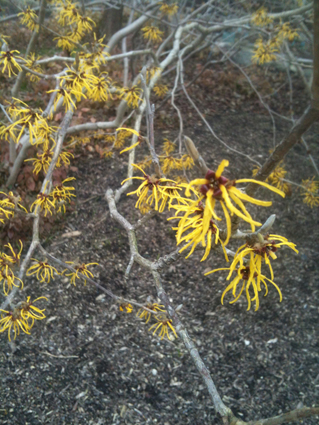Issue 31
|
|||
|
|
||
| The English word maiden meaning virgin, girl, maid and servant, cling to many of our plants today: The Maidenhair tree, Maiden pink, Maiden grass, Northern maidenhair fern, Snow maiden just to mention a few. The thing about plants are that unlike other creatures of our planet plants cannot move away from where they are situated, they are bound, if necessary, to fight for themselves from a fixed position. In other words, they are passive specimens when compared to humans and animals. The group of plants that have these virgin-like names are often of a delicate and highly decorative character. Just like the layers of soil reveal the past to a geologist, these names tell us about the time of their making and what the perception of the female gender was like at the time. Women were there to look decorative and be picked by the male botanist. By combining a word like maiden with a specimen of shear beauty, the botanists have created a passive symbol: The woman as an object on a piedestal, as a servant to the eye. Put differently, the names tell of a female ideal. We have changed the names of streets, squares and children's books over time due to their offensive historical background, and now may be a time to have a talk about plant names, not only to explore our view of nature, but also to think about our perception of women, sexuality and power today. |
|||
 |
|||
There is no doubt that this work has to do with collecting, it is a botanical collection, it is a O One could say that my method for making this body of work, is the method of Google. To |
|||
 |
|||
By using different kinds of techniques, some very old and outdated, I am trying to investigate whether an internet way of looking can bring a certain perspective to works that are not normally linked with new media. The Google search engine is build as an algorithm, and strictly speaking it is build upon a fixed rule. So is the work. The work has its limits, it has its rules and constraints. But contrary to the internet it has a physical body that is not depending on mathematics. |
|||
The Hanging of 25 plants - color pencil drawing, 2016 |
|||

